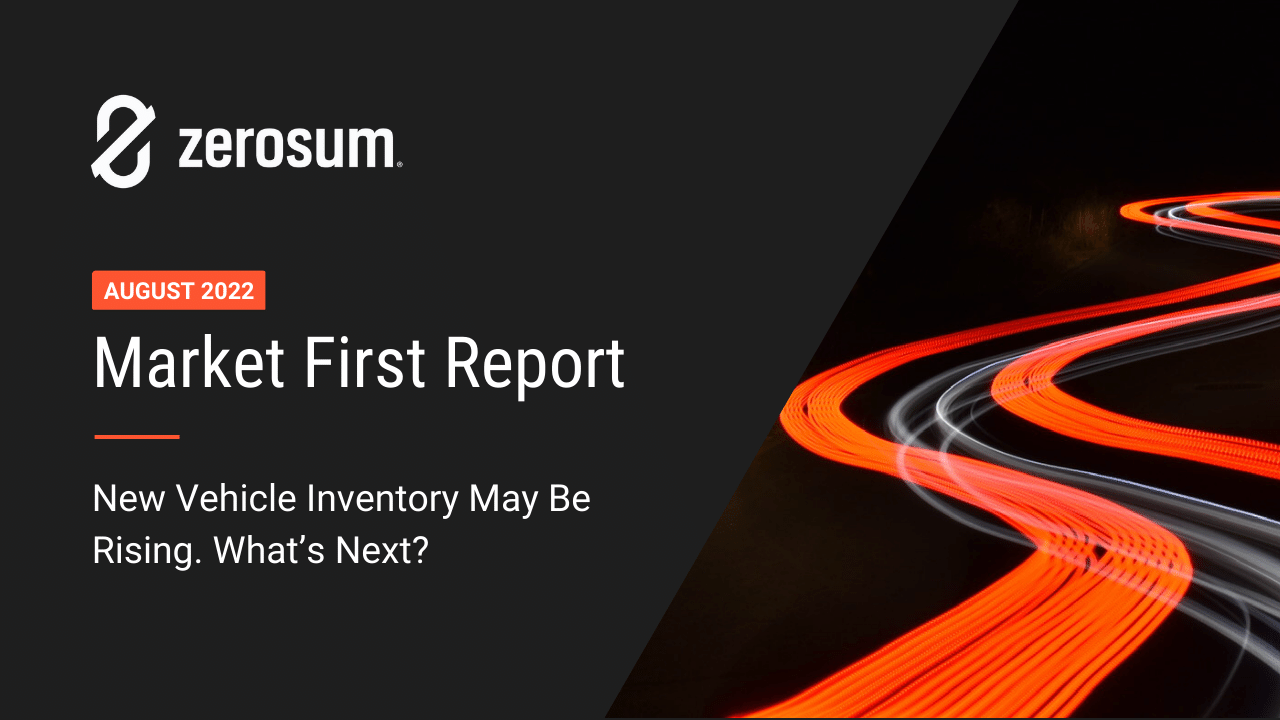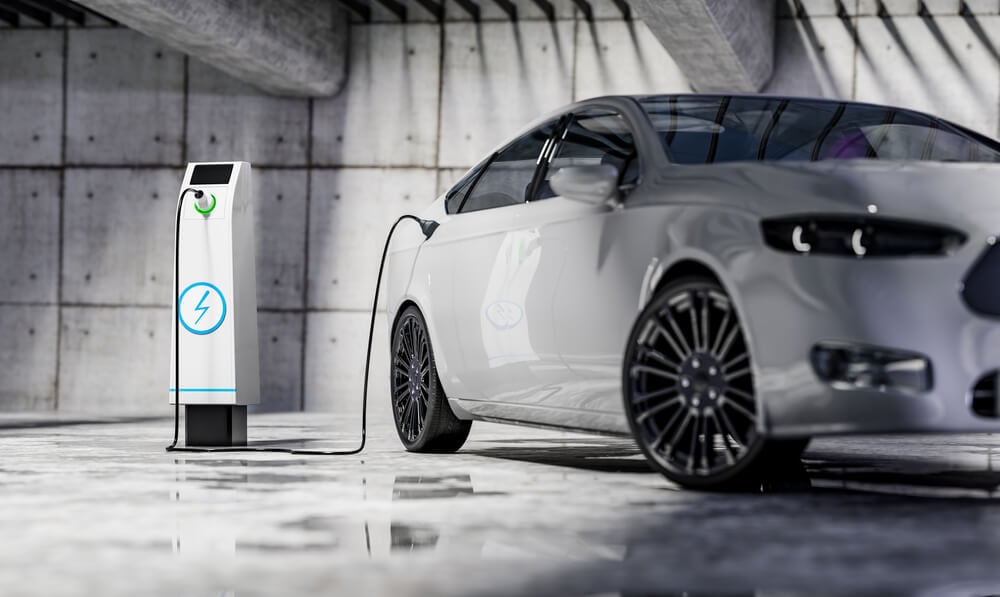ZeroSum August 2022 Market First Report: New Vehicle Inventory May Be Rising. What’s Next?
The ZeroSum Market First Report is the automotive industry’s first source to predict month-end vehicle movement, providing vital supply and demand...
The global microchip shortage is having a significant and prolonged impact on the auto industry and has affected manufacturers and auto dealers alike.
Automakers have had to cut nearly 714,600 vehicles from global production plans this year due to chip shortages, according to Auto Forecast Solutions. It expects that figure to rise to about 2.78 million vehicles by the end of the year.
Similar to seemingly every product today, global supply chain issues such as the chip shortage are driving prices higher. The average new-vehicle transaction price is $49,998 according to ZeroSum data. Before the pandemic, the average new vehicle sold for around $37,000. Sales of new vehicles over $60,000 have skyrocketed, as well. Those vehicles, costing more than the annual income of the average American, went from 8% of the auto market to 25% of sales, according to Cox Automotive.
Vehicle shortages and higher prices are impacting which customers are buying which vehicles. Traditional new vehicle shoppers are often dropping into the used vehicle segment or purchasing a lower trim package while traditional used vehicle shoppers are finding fewer high-quality used vehicles in the Certified Pre-Owned sector and are opting for older, higher mileage vehicles.
All these factors add up to an important conclusion – it’s more important than ever to match the inventory on a dealer’s lot to vehicle shoppers who are in market now. ZeroSum’s MarketAI platform is an important tool for making this happen.
MarketAI is fueled by real-time supply and demand data. With automakers unable to build the right vehicle mix to automatically meet customer demand, dealers need to learn to work with the inventory they do have. MarketAI allows dealers to match their current inventory to customers in the market for a specific vehicle.
In simple terms, if a dealer has an over-abundance of full-size pickup trucks on their lots (a current industry phenomenon, according to Cloud Theory’s most recent Inventory Efficiency Index), the MarketAI platform will help them match the trucks on their lots with in-market shoppers.
The platform provides dealers with an easy and fast method for producing ad campaigns, then use machine learning and AI to optimize which work best. When dealers are faced with inventory that doesn’t quite meet the overall needs of their local market, MarketAI can find the right customers to keep vehicles flying off the lots.
The effects of the global microchip shortage are expected to linger for some time, so it’s critical that automotive dealers and automakers alike continue to adjust their inventory and marketing strategies to meet the current industry realities. Dealers can only play the hand they are dealt, which means selling the vehicles they have now. It’s also critical for dealers to find ways to keep customers informed about vehicle availability.
While automakers will continue to scour the world for new ways to source or manufacture microchips, dealers need to stay in constant survival mode. Using tools such as MarketAI to work with the inventory they have is a great start. It will help create new customer relationships and provide a more efficient way to leverage the inventory at their disposal.

The ZeroSum Market First Report is the automotive industry’s first source to predict month-end vehicle movement, providing vital supply and demand...

When it comes to auto industry sales strategy, even for technologically advanced vehicles, dealers should always remember an adage that dates to the...

When inventory is low, it is important to stay ahead of the competition. Read on to learn our six top tips for leveling up your marketing, attracting...
